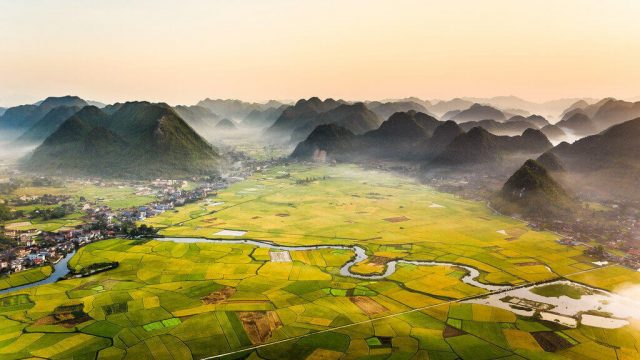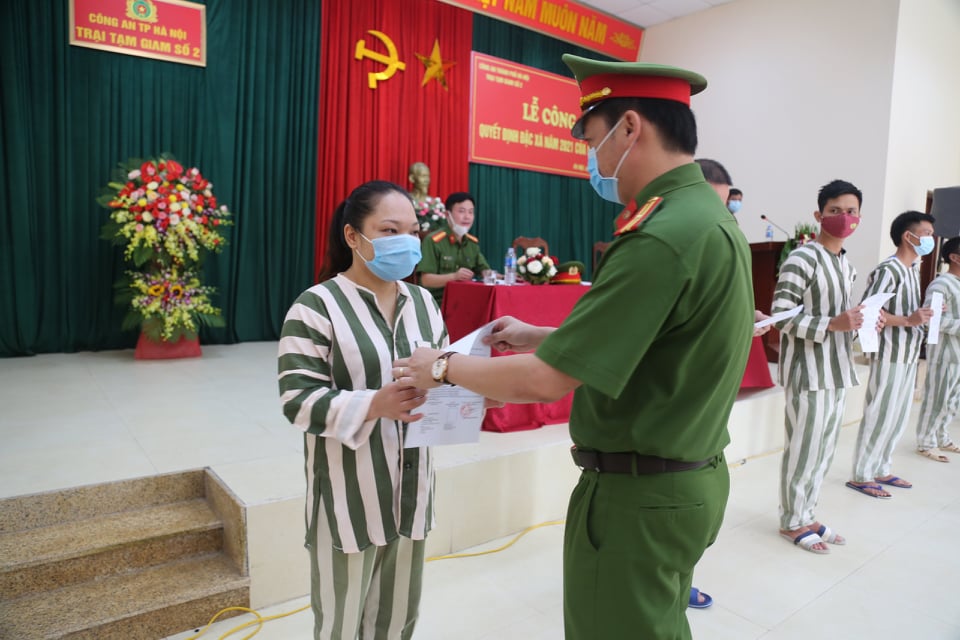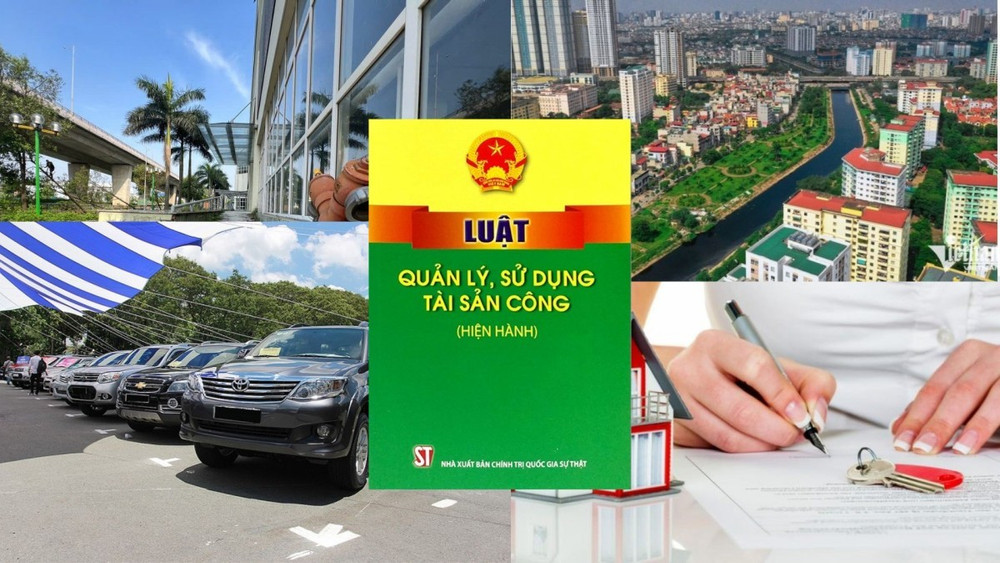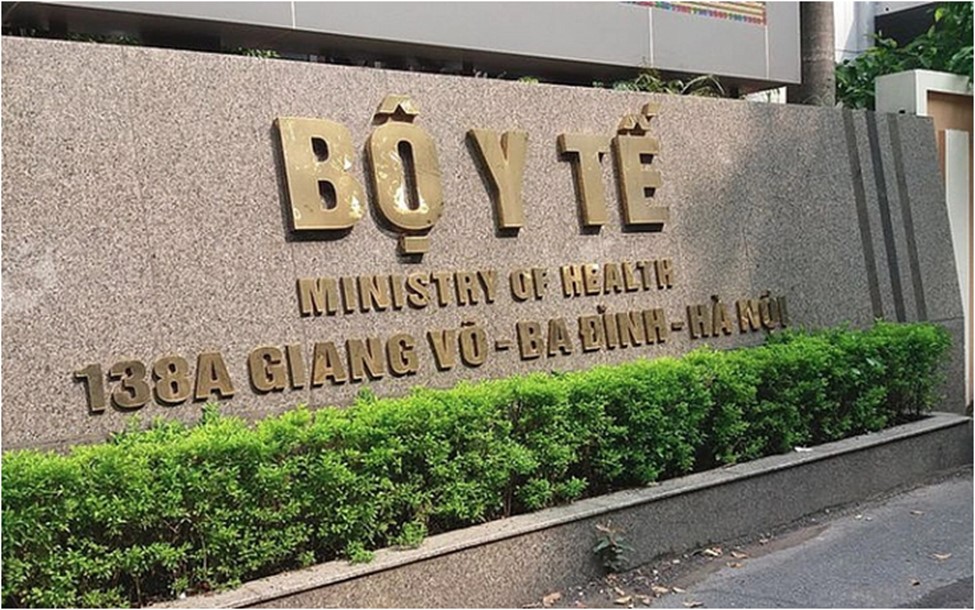Approval of Lang Son province planning for the period 2021–2030, with a vision to 2050 in Vietnam
What are the regulations on Lang Son province planning for the period 2021–2030, with a vision to 2050 approved by the Prime Minister of Vietnam? - Nhat Khanh (Lang Son)

Approval of Lang Son province planning for the period 2021–2030, with a vision to 2050 in Vietnam (Internet image)
On March 19, 2024, the Prime Minister issued Decision 236/QD-TTg approving the Lang Son province planning for the period 2021–2030, with a vision to 2050.
Approval of Lang Son province planning for the period 2021–2030, with a vision to 2050 in Vietnam
(1) Development objectives until 2030
* Overall objectives
To develop Lang Son into a border province with a thriving economy, stable society, guaranteed defense and security, and preserving ecological environment, and to become one of the growth poles and economic centers in the North Central and Northern Mountainous regions. It aims to serve as an increasingly important "bridge" in connecting the economic and trade activities between Vietnam, ASEAN countries, China, and Europe.
By 2030, Lang Son province strives to have economic scale and GRDP per capita in the group of 5 leading provinces in the Northern Midlands and mountainous regions. The province's economic structure has shifted sharply in the direction of industry, services, and tourism becoming the main growth drivers, with the agricultural sector developing toward commodity agricultural and forestry product production, technology application, and high efficiency. The cultural and social fields develop comprehensively, and people's material and spiritual lives and living environments are constantly improved. The infrastructure system is developed in a synchronized manner, with modern urban systems, an increasingly high-quality workforce, and efficient implementation of digital transformation across all four pillars: e-government, digital economy, digital society, and digital gateway. Protect the environment, gradually improve and restore environmental quality, and prevent biodiversity loss, contributing to improving the capacity to proactively respond to climate change and achieve sustainable development goals.
* Specific objectives and targets
- Economic:
+ The average GRDP growth rate in the period 2021–2030 reaches 8 - 9%/year; of which: Agriculture, forestry, and fisheries sectors are about 2.5 - 3.5%/year; Industry - construction sectors are about 12 - 13%/year; Services are about 8 - 9%/year; and product tax minus product subsidies is about 8 - 9%/year.
+ Economic structure by 2030: Agriculture, forestry, and fisheries account for 12–13%; industry—construction accounts for 32–33%; services account for 50–51%; Product tax minus product subsidies accounts for 4–5%.
+ GRDP per capita (at current prices) by 2030 will reach about 150 million VND.
+ Average annual domestic revenue in the period 2021–2030 increases by 9–10%.
+ The average annual labor productivity growth rate in the period 2021–2030 will reach about 9–10%.
+ The total number of tourists by 2030 will reach about 6 million, of which about 4.6 million are domestic and 1.4 million are international.
+ Total investment capital for social development in the period 2021–2030 reaches about 340 trillion VND.
- Regarding society:
+ The average population growth rate is about 1.26%/year, by 2030, the province's population will be about 894,290 people.
+ The poverty rate decreased by 2 - 3%/year (according to the poverty standards of each period). By 2030, there will basically be no more poor districts or extremely difficult communes.
+ The rate of trained workers by 2030 will reach about 76%, including 35–40% with degrees and certificates.
+ Percentage of schools meeting national standards in 2030: preschool level is about 55–56%, primary school level is about 58–59%, middle school level is about 57–58%, and high school level is about 53–54%.
+ The rate of people participating in health insurance is over 96%, and the number of doctors per 10,000 people is about 12 doctors.
+ About 80% of communes meet new rural standards, of which about 30% meet advanced new rural standards; there are at least 3 district-level units meeting new rural standards.
+ The rate of villages with cultural houses meeting standards is about 70%.
- Regarding infrastructure:
+ Completing and basically modernizing the transportation infrastructure system in the province. Maintaining 100% of communes with asphalt or concrete roads to the commune center; Over 90% of villages have hardened roads to the village center.
+ 100% of households have access to electricity; completing and putting into use hydroelectric projects and power transmission grids that have been planned and approved for investment.
+ 100% of the urban population is provided with clean water through the centralized water supply system; 80% of the rural population is using clean water of quality according to standards.
+ The urbanization rate will reach about 40% by 2030.
+ 100% of work records at the provincial and district levels and about 90% of work records at the commune level are processed online.
- Regarding environmental protection:
+ Forest coverage rate reaches about 67%.
+ Over 99% of urban solid waste is collected and treated.
+ About 90% of the daily solid waste generated in concentrated rural residential areas is collected, transported, self-processed, and centrally processed to meet environmental protection requirements.
+ About 85% of the waste generated from livestock activities is collected, reused, recycled as organic fertilizer and biogas, and treated to meet environmental protection requirements.
+ 100% of packaging containing chemicals and pesticides used in agriculture is collected, stored, and processed according to regulations.
- Regarding defense, security, and foreign affairs:
+ Continue to build the all-people national defense, people's security, all-people national defense, and strong people's security.
+ Build a regular, elite, and modern military and police force.
+ Improve the effectiveness of foreign affairs, proactively and actively integrate internationally, and build a border area of peace, friendship, cooperation, and development.
(2) Vision to 2050
By 2050, Lang Son will have a modern, dynamic economy, creating favorable conditions for digital life. Having positive cooperative relationships with localities in China and localities in the region and neighboring provinces, Lang Son has become a green land that attracts foreign investment in fields, especially clean energy, agriculture, industry, and tourism. Lang Son plays an important role in determining the national brand of Vietnamese agricultural products and is a bridge contributing to bringing high-quality Vietnamese products to the region and the world. Lang Son continues to maintain its position as a locality with the most developed road and rail border gate system in Vietnam and the most important land transit point in connecting China - Vietnam - ASEAN countries, and countries around the world. The province's economic structure is shifting towards the industrial and service sectors, especially commercial services, tourism, logistics, and transportation, which account for a large proportion. Traditional cultural values are preserved and promoted effectively, contributing significantly to local socio-economic development. The social security of the people is guaranteed; social order and safety, border security, and national sovereignty are firmly guaranteed.
More details can be found in Decision 236/QD-TTg, taking effect on March 19, 2024.
Ho Quoc Tuan
- Number of deputy directors of departments in Vietnam in accordance with Decree 45/2025/ND-CP
- Cases ineligible for pardon in Vietnam in 2025
- Decree 50/2025 amending Decree 151/2017 on the management of public assets in Vietnam
- Circular 07/2025 amending Circular 02/2022 on the Law on Environmental Protection in Vietnam
- Adjustment to the organizational structure of the Ministry of Health of Vietnam: Certain agencies are no longer listed in the organizational structure
- Vietnam aims to welcome 22-23 million international tourists in Vietnam in 2025
-

- Number of deputy directors of departments in Vietnam ...
- 15:04, 05/03/2025
-

- Cases ineligible for pardon in Vietnam in 2025
- 14:43, 05/03/2025
-

- Decree 50/2025 amending Decree 151/2017 on the ...
- 12:00, 05/03/2025
-

- Circular 07/2025 amending Circular 02/2022 on ...
- 11:30, 05/03/2025
-

- Adjustment to the organizational structure of ...
- 10:34, 05/03/2025
-

- Notable new policies of Vietnam effective as of ...
- 16:26, 11/04/2025
-
.Medium.png)
- Notable documents of Vietnam in the previous week ...
- 16:21, 11/04/2025
-
.Medium.png)
- Notable documents of Vietnam in the previous week ...
- 16:11, 02/04/2025
-
.Medium.png)
- Notable new policies of Vietnam to be effective ...
- 16:04, 02/04/2025
-
.Medium.png)
- Notable new policies of Vietnam effective from ...
- 14:51, 21/03/2025
 Article table of contents
Article table of contents
